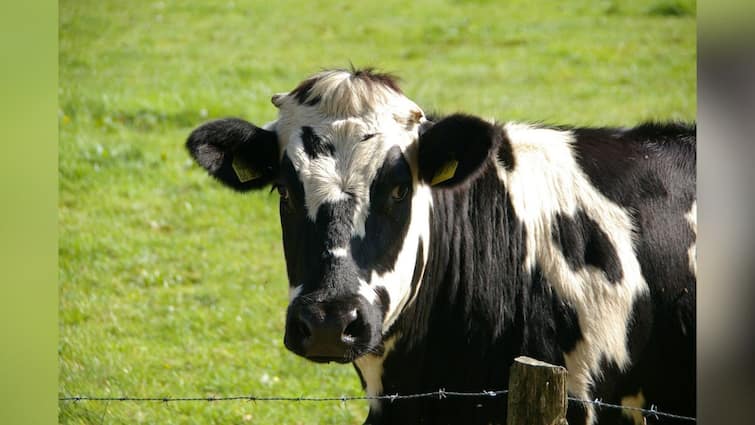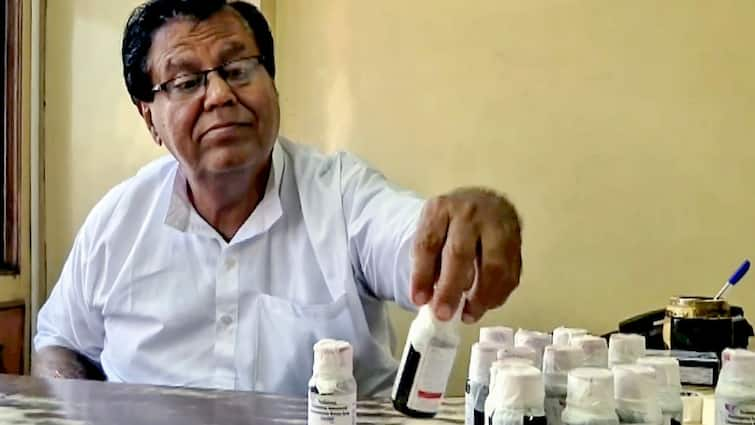
Various variants of the bird flu virus have been around for decades now. Hitherto, largely the bird population — captive or in the wild — was considered at risk. But a recent spate of avian flu/bird flu infections and deaths in zoo and wild animals, including dairy animals, has made health authorities sit up and take note.
Following an outbreak of avian flu (H5N1) in Maharashtra, Madhya Pradesh, and Chhattisgarh as well as in Andhra Pradesh and Telangana, Karnataka’s Health Department is on high alert. The state’s top health officials met on Monday evening to issue orders to step up surveillance, especially among poultry workers. Meanwhile, at the Hyderabad zoo, authorities have decided to hold back servings of chicken and eggs to carnivores as a precaution. The meat-eating animals are now fed mutton, beef and pork, says a report in The Hindu.
The virus primarily affects birds, and human infections are rare and require direct contact with infected poultry. Despite culling of millions of birds and destruction of poultry and dairy products worldwide, there has been no respite from H5N1 infections.
In the US, earlier this month, a dairy worker in Nevada tested positive for H5N1 bird flu, the first human case identified in that state. The worker’s symptoms included red, inflamed eyes, or conjunctivitis, according to a CNN report.
How Do Dairy Animals Catch Bird Flu?
On February 5, the US Department of Agriculture said dairy cattle in the United States had tested positive for a particular strain of bird flu that was not previously found in cows.
According to CNN, in Nevada, six herds were detected with a newer strain (D1.1) of the H5N1 bird flu virus.
Investigators in the US believe that the infected cattle possibly encountered infected birds, or perhaps their droppings, and caught the virus that way. Wild birds are hard to control on farms, where a feed trough filled with grain can look like a giant birdfeeder, CNN reported.
The newer variant of avian influenza that recently infected dairy cattle in Nevada has a genetic change that’s thought to help the virus copy itself in mammals — including humans — more easily, according to a new technical brief from the US Department of Agriculture’s Animal and Plant Health Inspection Service, the news website reported.
H5N1 can reproduce quickly in the udders of infected cows. While dairy workers are at work, like milking the cows, or cleaning the place, infected milk droplets can splash into their faces and contaminate the equipment that they are handling. Also, milk from infected cows can spread the virus to other cows.
Why Refrigeration Alone Is Not Enough
Raw milk can harbour the flu virus for five days, a December 2024 Stanford University study revealed. The study said the influenza or flu virus can remain infectious in refrigerated raw milk for up to five days.
“This work highlights the potential risk of avian influenza transmission through consumption of raw milk and the importance of milk pasteurisation,” said study senior author Alexandria Boehm, the Richard and Rhoda Goldman Professor of Environmental Studies in the Stanford Doerr School of Sustainability and the Stanford School of Engineering.
The US Centers For Disease Control and Prevention recommends against consuming raw milk contaminated with live A (H5N1) virus as a way to develop antibodies against A(H5N1) virus to protect against future disease.
Consuming Raw Milk Could Make You Sick
Pasteurisation is crucial for milk safety, as it kills harmful germs that can cause illness. Consuming raw milk can lead to serious health risks, especially for certain vulnerable populations. Choosing pasteurised milk and dairy products is the best way to safely enjoy the nutritional benefits of milk.
Raw Milk And Threats Of Diseases
Drinking or eating products made from raw milk can expose people to germs such as Campylobacter, Cryptosporidium, E. coli, Listeria, Brucella, and Salmonella. The Campylobacter pathogen has recently been found to be the menace behind the clusters of Guillain-Barré Syndrome in Pune where more than 200 people have been affected, with 8 dying.
Safety Tips
Choose Pasteurised Products: Pasteurised milk offers the same nutritional benefits without the risks of raw milk consumption. Since the early 1900s, pasteurisation has greatly reduced milk-borne illnesses. This is your best bet against contracting any diseases spread by pathogens that thrive in the milk and dairy products as pasteurization kills bacteria and viruses, including the avian influenza A virus.
Check The Label: When buying milk and dairy items from stores, the labels on milk products will note whether the product is pasteurised or not. If you don’t see “pasteurised” on the product label, it’s possible that it may contain raw milk.
Cook Milk/Dairy/Poultry/All Food Properly: According to information released by AIIMS New Delhi, the virus is destroyed at a temperature of 70 degrees Celsius for 30 minutes. After handling milk, dairy products, poultry and eggs, one should wash hands and other exposed parts with soap and water. Avian influenza is not transmissible by eating well-cooked and pasteurised dairy products.
Wash Your Hands: Wash hands with warm water and soap for at least 20 seconds before and after handling raw poultry and eggs. Wash your hands thoroughly and often, especially after handling raw animal products. Avoid touching your face with your hands before washing them.
Prevent Cross-Contamination: This is no rocket science and can be achieved by keeping raw poultry and eggs away from other foods, washing the cutting board, knife, and countertops with hot, soapy water after cutting raw meat; and by sanitising cutting boards by using a solution of 1 tablespoon chlorine bleach in 1 gallon of water.
Other General Guidelines
- Refrigerate and cook eggs, meat, and poultry to specific temperatures.
- Follow the health experts’ guidelines on how to safely handle and cook eggs, poultry, and meat.
- Avoid contact with wild, sick, or dead birds and livestock.
- Get your influenza vaccine.
- Protect and vaccinate your pets.
The Bottom Line: It’s safe to consume commercially available milk products. That’s because the pasteurisation process can effectively kill the bird flu virus and other germs present in milk. Infected dairy animals are moved out from commercial farms and, therefore, not milked.
The writer is a senior independent journalist.
Check out below Health Tools-
Calculate Your Body Mass Index ( BMI )
Doonited Affiliated: Syndicate News Hunt
This report has been published as part of an auto-generated syndicated wire feed. Except for the headline, the content has not been modified or edited by Doonited




















































